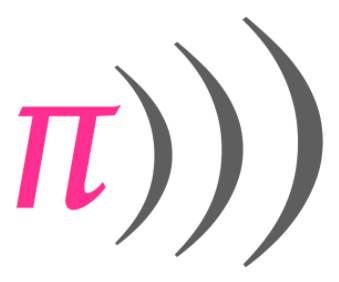Sonic Pi

Authors
Computer Science MSc student following AIT track in TU Delft. Interested in Program optimization and AI
Manning Zhang
Software Technology MSc student in TU Delft.
Yuncong Zuo
First year Embedded Systems MSc student.
Scalability Analysis
Sonic Pi: Scalability Analysis Key Scalability Scenario and Challenge Scalability is an important issue when we need to deeply evaluate a software’s architecture. It shows its ability to handle the increased workload or reduced recources. In this article, we elvaluate Sonic Pi’s scalability mainly based on the a multi-threading scenario, which is very common in music production.
Sonic Pi is a software for producing sounds. It works locally without connecting to the internet and it does not use any database.
Sonic Pi
March 27, 2022
Quality and Evolution
Sonic Pi: Quality and Evolution In the previous essays, we discussed about the project vision and the architectural view of Sonic Pi. In this essay we will discuss about the quality control of Sonic Pi, and its evolution process.
Key attributes Figure: The key quality attributes of Sonic Pi Figure ‘The key quality attributes of Sonic Pi’ shows the key quality attributes of Sonic Pi, where we divide them into external qualities and internal qualities.
Sonic Pi
March 20, 2022
From vision to architecture
Sonic Pi, From Vision to Architecture According to the last product vision essay, Sonic Pi is a live coding music synthesizer that aims to provide a joyful use experience to its users by transforming codes into music fluently and assisting code-beginners to easily learn how to code. The focus of this essay shifts to an examination of Sonic Pi’s architecture. Let’s begin our journey by looking at Sonic Pi’s architectural style.
Sonic Pi
March 13, 2022
Sonic Pi - Product Vision and Problem Analysis
Project Aim As a programmer, after one-day coding in front of a small desk, maybe there was a moment when you were listening to the music that you imagined: “what if I was a musician?”; as a musician, maybe there was also a moment for you to be curious about “how those codes are working under the screens?”. Some people always have curiosities in the domains they have never touched before, and Sonic Pi provides a nice beginning for those people.
Sonic Pi
March 6, 2022